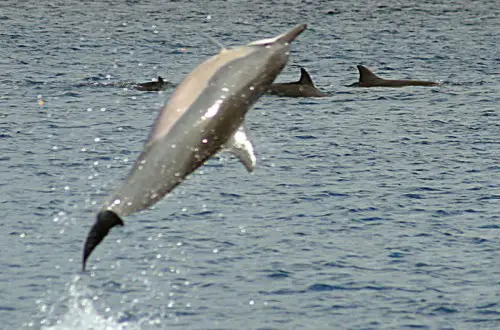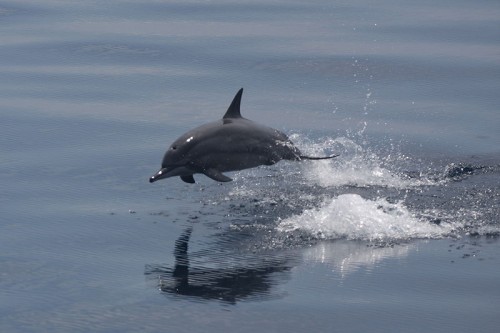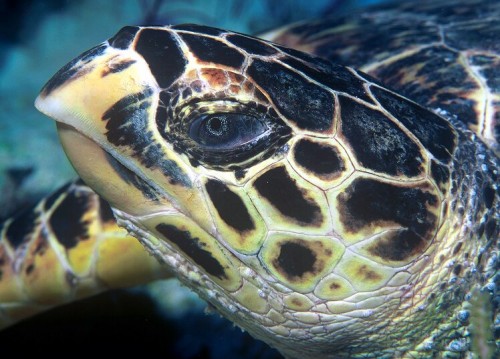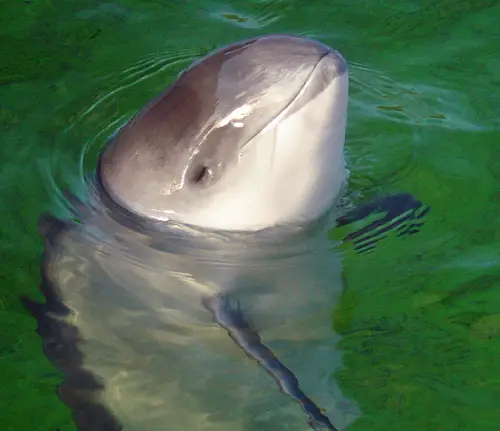Spinner Dolphin
The Spinner Dolphin is found in tropical waters around the world. This small dolphin is known for its amazing acrobatic displays. It is also sometimes called the Long-snouted Dolphin especially in order scientific texts to differentiate it from the Clymene dolphin which is also known as the Short-snouted Spinner Dolphin.
In 1828, the Spinner Dolphin was first described scientifically by John Gray. There are 4 sub-species of the Spinner Dolphin, and they are:
- Eastern Spinner Dolphin – Stenella longirostris orientalis – found in the tropical eastern Pacific Ocean
- Costa Rican Spinner Dolphin or Central American Spinner Dolphin – Stenella longirostris centroamericana – found in the tropical eastern Pacific Ocean
- Hawaiian or Gray’s Spinner Dolphin – Stenella longirostris longirostris – found in the Pacific Ocean near Hawaii
- Dwarf Spinner Dolphin – Stenella longirostris roseiventris – was originally found in the Gulf of Thailand
The Spinner Dolphin is usually dar gray in colour, and it has darker patches in its tail, throat, and back. Its belly is usually a creamy white and its beaks are thing, long, and have a dark tip. The Spinne rDolphins’ fins are quite long, and its dorsal fin is erect. Adult Spinner Dolphins can be 129 to 235 cm long, and weigh between 23 to 78 kg. Gestation is about 10 months. Both males and females will mature in around 7 years.
Spinner Dolphins are usually found in groups can vary from just a few up to thousands of individuals. They are known to ride bow waves. In terms of its acrobatic ability, it is thought that males spin to attract females. Another suggestion is that spinning is just play, while another suggestion is that the bubbles caused from spinning acts as an echolocation target.
Spinner Dolphins will usually hunt at night time. They eat plankton, jellyfish, fish, snails that don’t have shells, squid, and krill. Predators include sharks, which is why they assemble in pods to try and protect each other.
These animals have been studied both in the wild and in captivity in Hawaii. It is believed that 2 million Spinner Dolphins, particularly of the white-bellied and eastern varieties, were killed 30 years after purse seine fishing for tuna was introduced in the 1950’s. This may have killed 50% of the Eastern Spinner Dolphins. There is not enough data available to confirm whether this species is endangered, etc.




